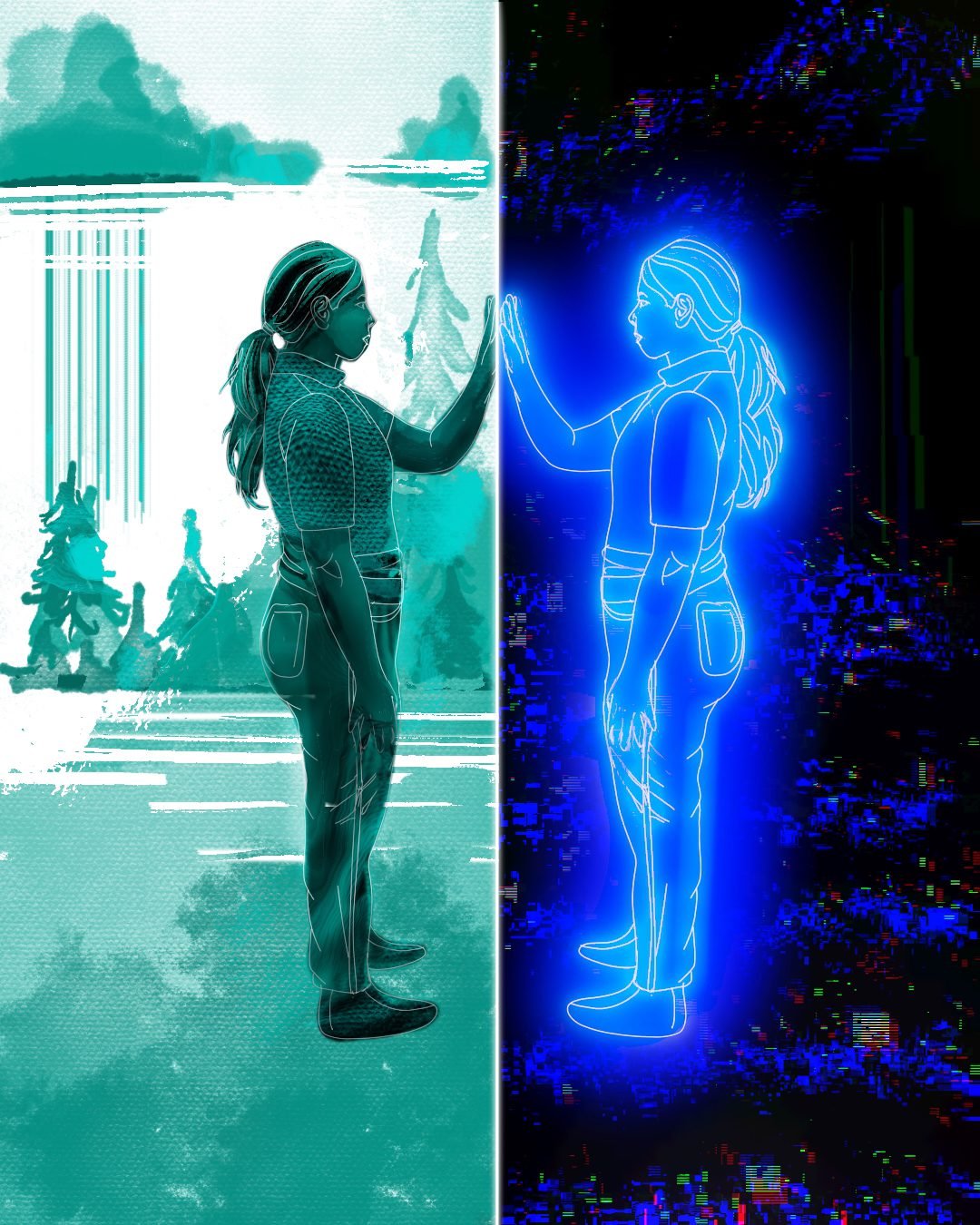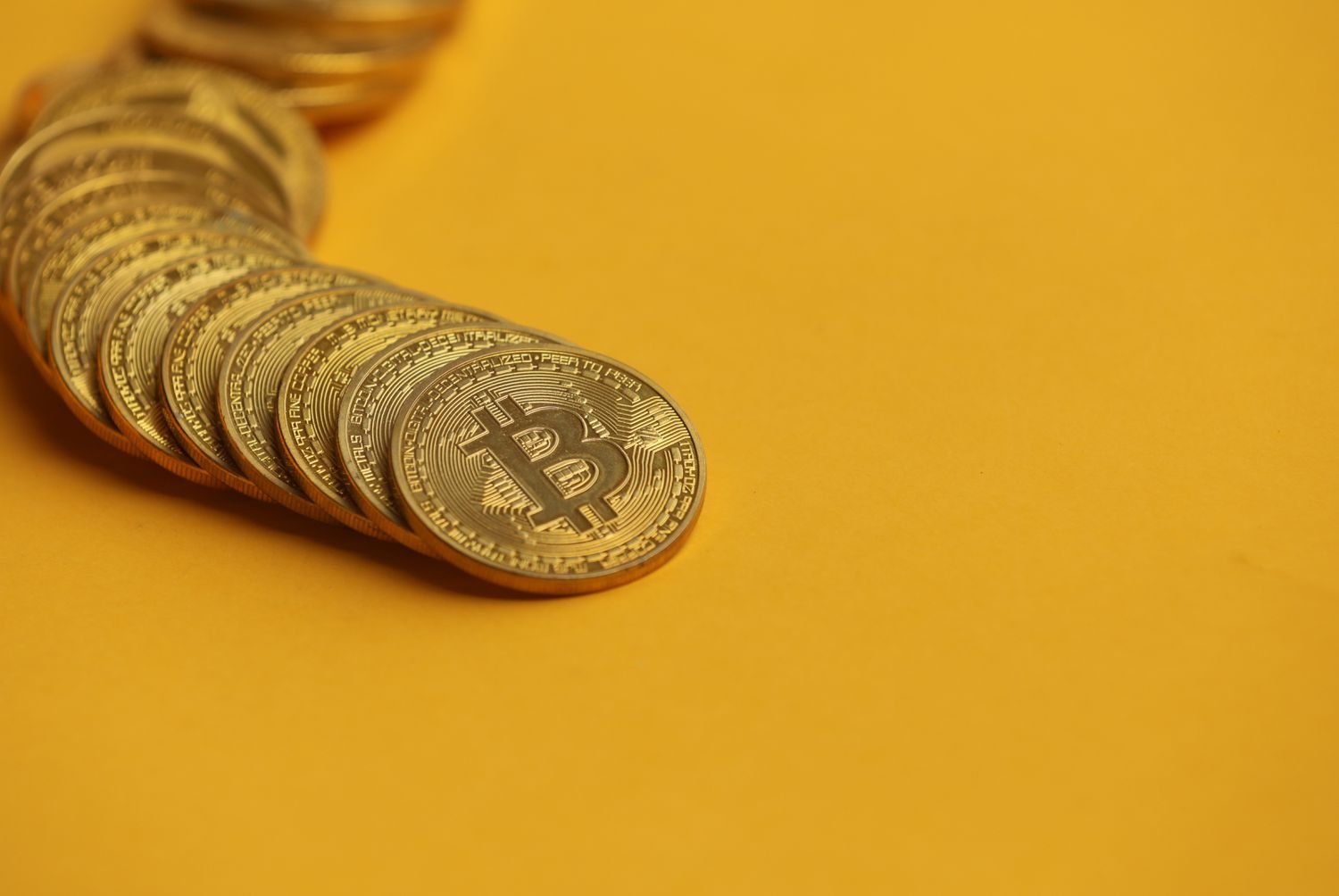Accurate predictions
These digital twins were able to closely simulate the neural activity of their biological counterparts in response to a variety of new visual stimuli, including videos and static images. The large quantity of aggregated training data was key to the digital twins’ success, Tolias said. “They were impressively accurate because they were trained on such large datasets.”
Though trained only on neural activity, the new models could generalize to other types of data.
The digital twin of one particular mouse was able to predict the anatomical locations and cell type of thousands of neurons in the visual cortex as well as the connections between these neurons.
The researchers verified these predictions against high-resolution, electron microscope imaging of that mouse’s visual cortex, which was part of a larger project to map the structure and function of the mouse visual cortex in unprecedented detail. The results of that project, known as MICrONS, was published simultaneously in Nature.
Opening the black box
Because a digital twin can function long past the lifespan of a mouse, scientists could perform a virtually unlimited number of experiments on essentially the same animal. Experiments that would take years could be completed in hours, and millions of experiments could run simultaneously, speeding up research into how the brain processes information and the principles of intelligence.
“We’re trying to open the black box, so to speak, to understand the brain at the level of individual neurons or populations of neurons and how they work together to encode information,” Tolias said.
In fact, the new models are already yielding new insights. In another related study, also simultaneously published in Nature, researchers used a digital twin to discover how neurons in the visual cortex choose other neurons with which to form connections.
Scientists had known that similar neurons tend to form connections, like people forming friendships. The digital twin revealed which similarities mattered the most. Neurons prefer to connect with neurons that respond to the same stimulus — the color blue, for example — over neurons that respond to the same area of visual space.
“It’s like someone selecting friends based on what they like and not where they are,” Tolias said. “We learned this more precise rule of how the brain is organized.”
The researchers plan to extend their modeling into other brain areas and to animals, including primates, with more advanced cognitive capabilities.
“Eventually, I believe it will be possible to build digital twins of at least parts of the human brain,” Tolias said. “This is just the tip of the iceberg.”
Researchers from the University Göttingen and the Allen Institute for Brain Science contributed to the work.
The study received funding from the Intelligence Advanced Research Projects Activity, a National Science Foundation NeuroNex grant, the National Institute of Mental Health, the National Institute of Neurological Disorders and Stroke (grant U19MH114830), the National Eye Institute (grant R01 EY026927 and Core Grant for Vision Research T32-EY-002520-37), the European Research Council and the Deutsche Forschungsgemeinschaft.










